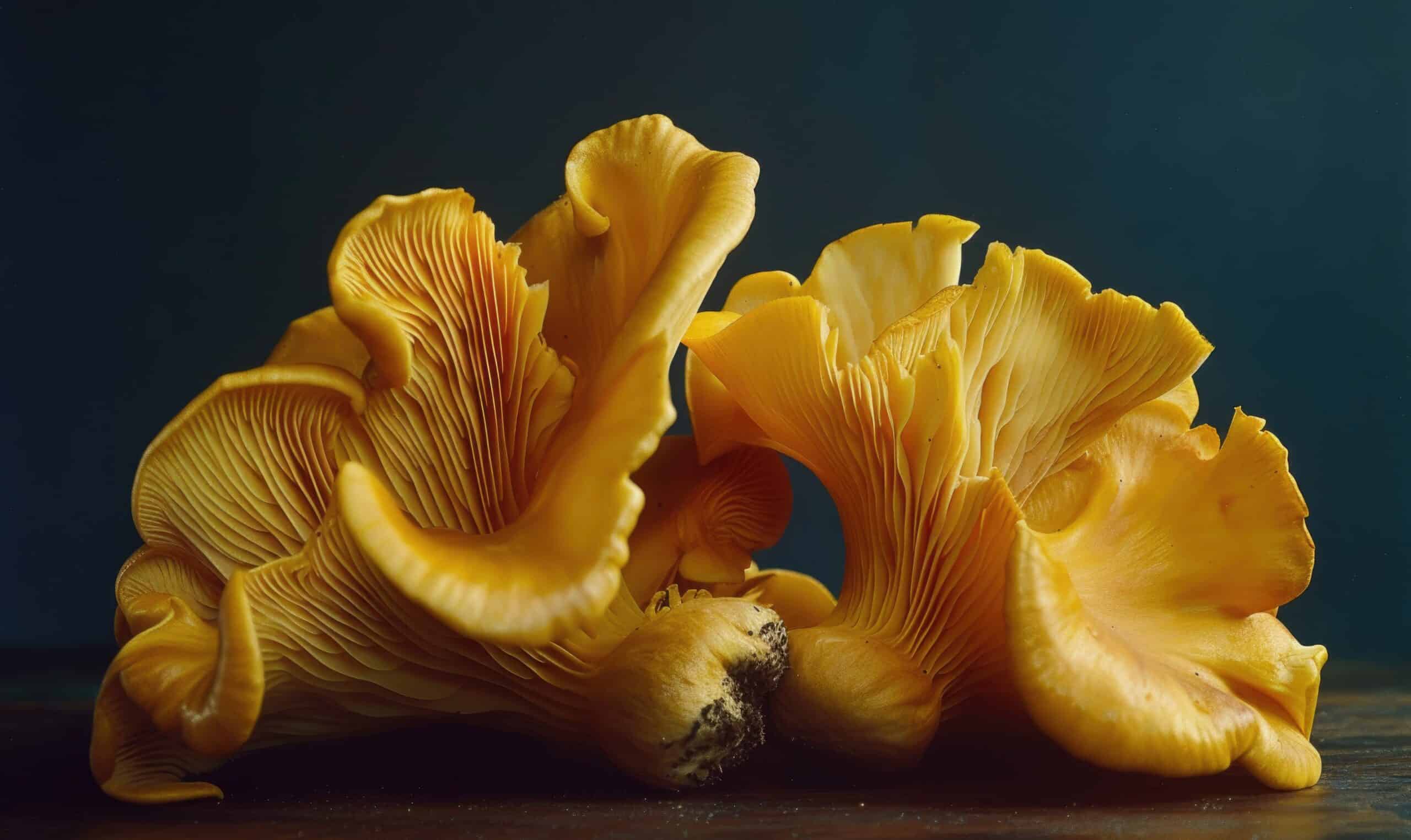Are There Any Poisonous Look-alikes for Hen of the Woods?
Key Takeaways
- Misidentifying Hen of the Woods mushrooms can have severe consequences, as toxic look-alikes like the Berkeley’s Polypore can lead to serious illness or death.
- To accurately identify Hen of the Woods and avoid toxic look-alikes, consider distinguishing features such as texture and consistency, color variation, pore surface, and growth habit.
- Consulting with experienced mycologists or reputable field guides is recommended to ensure accurate identification and reduce the risk of consuming toxic mushrooms.
Hen of the Woods, also known as Maitake, is a delicious and highly sought-after mushroom. However, it is important to be aware that there are toxic mushrooms that resemble Hen of the Woods. Consuming these poisonous look-alikes can lead to serious illness or even death. One such toxic mushroom that shares a similar appearance with Hen of the Woods is the Berkeley’s Polypore.
The Dangers of Misidentification
Misidentifying Hen of the Woods mushrooms can have severe consequences. The toxic Berkeley’s Polypore is often mistaken for Hen of the Woods due to their similar appearance.
Consuming toxic mushrooms can result in a range of symptoms, including nausea, vomiting, abdominal pain, diarrhea, liver damage, and even death in severe cases. Therefore, it is crucial to be able to differentiate between Hen of the Woods and its poisonous look-alikes.
Distinguishing Features
To ensure accurate identification and avoid the risks associated with consuming toxic mushrooms, it is important to consider the following distinguishing features:
- Texture and Consistency: Hen of the Woods has a delicate and feathery texture, while poisonous look-alikes may have different textures.
- Color Variation: Hen of the Woods typically has a range of earthy tones, while poisonous look-alikes may have different colors.
- Pore Surface: Hen of the Woods has a white to light beige pore surface, while poisonous look-alikes may have a different pore surface or gill-like ridges.
- Growth Habit: Hen of the Woods is commonly found at the base of oak trees, while poisonous look-alikes may have different preferred habitats.
By paying attention to these distinguishing features, you can increase your chances of correctly identifying Hen of the Woods and avoiding toxic look-alikes.
Seeking Expert Guidance
While the provided information can be helpful in differentiating between Hen of the Woods and its poisonous look-alikes, it is always recommended to consult with experienced mycologists or reputable field guides to ensure accurate identification.
Experts can provide valuable insights and guidance, helping you make informed decisions when foraging for mushrooms. Their expertise can significantly reduce the risk of misidentifying toxic mushrooms and ensure your safety.
Conclusion
While Hen of the Woods is a delicious and prized mushroom, it is essential to exercise caution when identifying it in the wild. Toxic look-alikes, such as the Berkeley’s Polypore, can pose significant health risks if consumed.
Remember to consider the texture, color variation, pore surface, and growth habit when differentiating between Hen of the Woods and its poisonous counterparts. Consulting with experts and using reputable sources for identification is crucial for ensuring your safety.
Related Websites:
FAQs:
Q: What is hen of the woods?
Hen of the woods, also known as Grifola frondosa, is a mushroom highly popular among mushroom enthusiasts. It is known for its distinctive cluster of overlapping fan-shaped caps, resembling the appearance of a hen. Hen of the woods is used in various culinary preparations and is valued for its nutritional benefits.
Q: How can I identify hen of the woods?
Hen of the woods can be identified based on its physical characteristics. It has a large size, ranging from 5 to 20 inches in diameter, and a unique arrangement of fan-shaped caps. The mushroom is typically grayish-brown in color with a smooth or slightly fuzzy texture. Proper identification is crucial before consuming any wild mushroom.
Q: Are there any poisonous look-alikes for hen of the woods?
While hen of the woods is generally considered safe and distinctive, there are a few mushrooms that may resemble it and should be avoided. It is important to exercise caution and consult an expert when unsure about identification to avoid consuming toxic mushrooms.
Q: What are some potential poisonous look-alikes to hen of the woods?
There are some mushrooms that may resemble hen of the woods but are toxic. These mushrooms can have similar physical characteristics but with key differences that set them apart. It is important to be aware of specific warning signs or features that differentiate them from hen of the woods.
Q: Why is proper identification of hen of the woods important?
Proper identification of hen of the woods is crucial to avoid consuming poisonous mushrooms. Accurate identification ensures the safety of consumption. For further research on mushroom identification, it is recommended to refer to reputable books or consult online forums.






